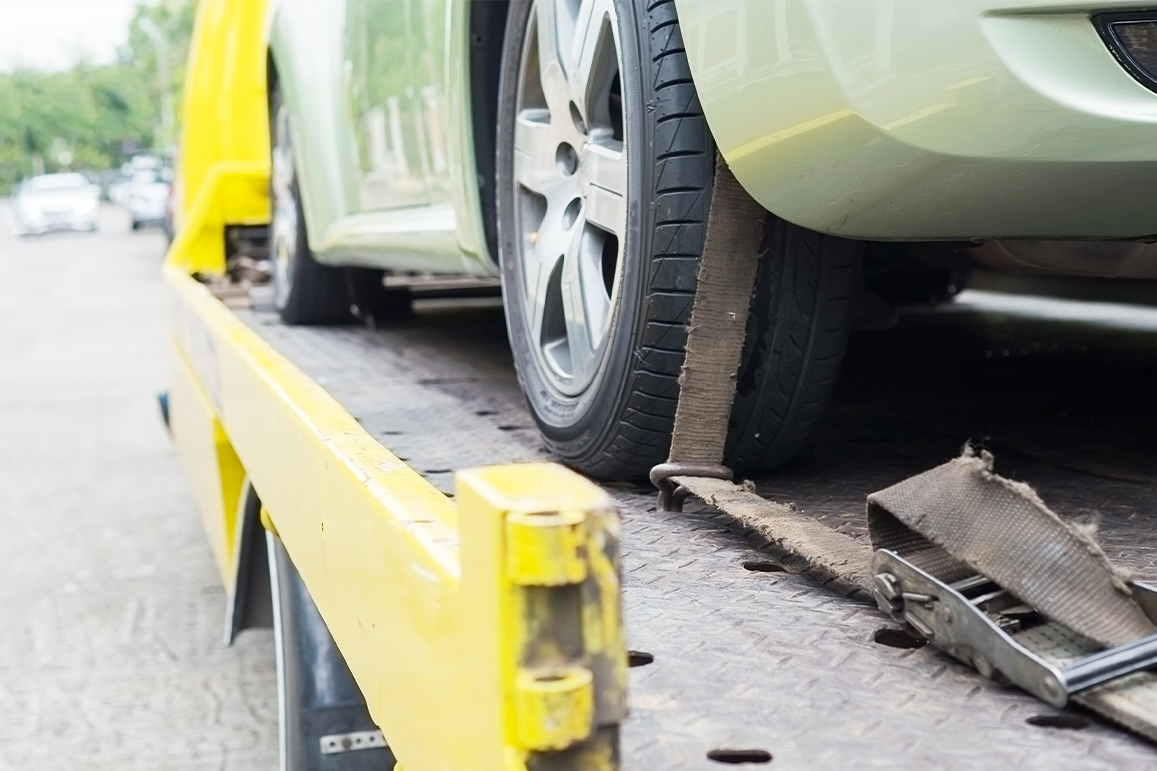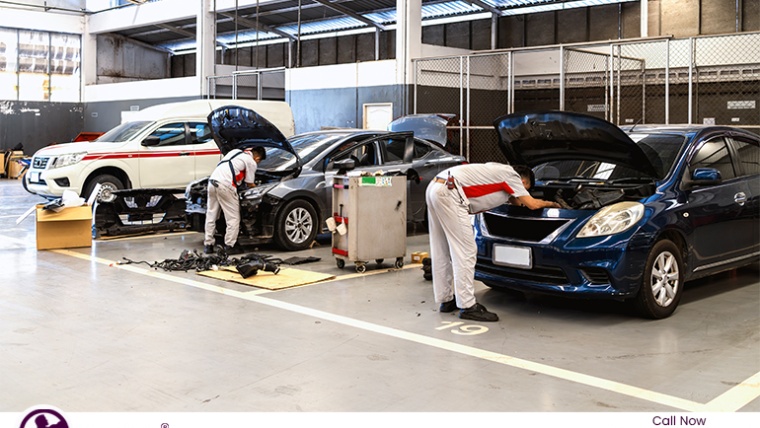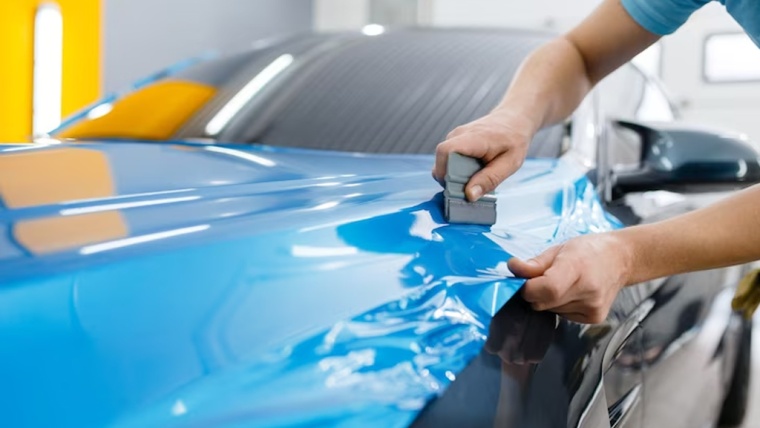Knowing when a vehicle needs to be towed can be stressful, especially if you’re stranded or stuck somewhere unfamiliar. While some situations are obvious, others are subtle and easy to miss. This guide lays out practical signs, safety checks, and quick decisions to help you determine whether it’s time to call a tow truck.
1) Severe or Obvious Mechanical Failure:
Certain failures demand immediate towing rather than roadside repairs:
- Engine failure or a sudden, continuous warning light that indicates critical damage.
- Transmission failure, grinding gears, or slipping out of gear.
- A dead engine that won’t start after repeated attempts and basic checks.
- A failed steering system or loss of power steering that makes the vehicle uncontrollable.
If you experience any of these, don’t attempt to drive—towing is the safest option. Visiting a car service station in Hyderabad afterward ensures a thorough checkup and repair.
2) Stalling or Sudden Loss of Power:
If your vehicle stalls and won’t restart, consider towing if:
- Repeated attempts don’t restart the engine.
- There’s a strong burning smell, smoke, or unusual noise when cranking.
- The stall occurs in a hazardous location (high-traffic road, incline, or intersection).
Stalling in the middle of traffic is a clear signal to stop and arrange a tow.
3) Brakes Are Failing:
Brake issues are dangerous. Signs you should not drive include:
- Squealing, grinding, or soft brakes that don’t respond normally.
- A warning light for the braking system, ABS, or brake fluid leaks.
- A vehicle that pulls to one side when braking or requires excess pedal travel.
If you suspect brake failure, tow the vehicle to a repair shop rather than attempting to drive it yourself.
4) Transmission or Fluid Problems:
Transmission trouble can be tricky, but red flags include:
- Transmission fluid leaks under the car or a burnt smell from the fluid.
- Slipping gears, erratic shifting, or the car staying in one gear.
- A check engine light paired with unusual transmission noises.
If you notice these signs, towing is typically the safer choice. Professional assessment at a car checkup in Hyderabad can prevent further damage.
5) Electrical System Failures:
Multiple electrical failures can leave you stranded:
- Dead battery that won’t take a jump start.
- Alternator failure causing the battery to drain quickly.
- Electronics that fail mid-journey, such as lights, gauges, or the dash not functioning.
While some battery issues can be addressed with jump-starts, persistent or recurring failures usually require towing to a shop.
6) Overheating:
Overheating is a red flag. If the temperature gauge climbs into the red, or you see steam, a pungent coolant smell, or a radiator warning, pull over safely and stop. Do not continue driving. If you can’t let the engine cool or the overheating recurs after a brief stop, a tow is the prudent option. A car engine repair in Hyderabad may be necessary if damage has occurred.
7) Accident or Structural Damage:
After a collision, even minor damage can hide serious issues:
- Undercarriage damage, frame misalignment, or fluid leaks.
- Airbag deployment or a compromised safety system.
- Visible bent rims, broken suspension components, or tire sidewall damage.
In these cases, towing to a repair facility or body shop is essential for safety and assessment.
8) Flat Tires or Wheel Damage You Can’t Safely Manage:
A single stubborn flat tire in a hazardous location, or severe wheel damage compromising steering, often means towing is safer:
- You cannot change the tire due to a damaged wheel or tool failure.
- The location is unsafe for tire changes (on a busy highway shoulder, in inclement weather, etc.).
If you can get to a safe spot, you might consider a roadside tire change; otherwise, call a tow.
9) Situations That Benefit from Professional Assessment:
Some scenarios aren’t urgent, but a tow is wise:
- A chronic mechanical issue that requires professional diagnosis.
- A vehicle that won’t pass a safety inspection and needs repair before driving.
- A new or unfamiliar car that you’re unsure how to operate safely in your area.
In these cases, towing to a trusted shop prevents further damage and keeps you safe.
10) How to Decide Quickly:
If you’re unsure, use a quick decision framework:
- Is there a risk to personal safety or other road users? If yes, tow.
- Is the vehicle in a location where driving it is unsafe or illegal (no lane visibility, blocking traffic)? If yes, tow.
- Are you able to identify and address the issue with basic tools or jump-starts in a reasonable time? If not, tow.
- Do you feel comfortable and confident driving the vehicle to a shop? If not, tow.
Always err on the side of caution. A tow may cost more upfront, but it can prevent costly further damage and keep you out of danger.
What Information to Have Ready for the Tow Company
- Your location (exact address or mile marker) and the safest route.
- Vehicle make, model, year, and color.
- A brief description of the issue and any warning lights.
- Any safety concerns (hazards, fuel level, or cargo in need of securing).
Having clear information helps the tow operator respond efficiently and minimize additional risks.
Conclusion:
Knowing when to tow is about prioritizing safety, protecting your investment, and avoiding further damage. If you’re facing severe mechanical failure, brake issues, overheating, or post-accident damage, don’t risk driving. Call a tow truck for professional assessment and transport to a trusted repair facility. With the right preparation and swift action, you can navigate automotive emergencies with confidence and peace of mind.


